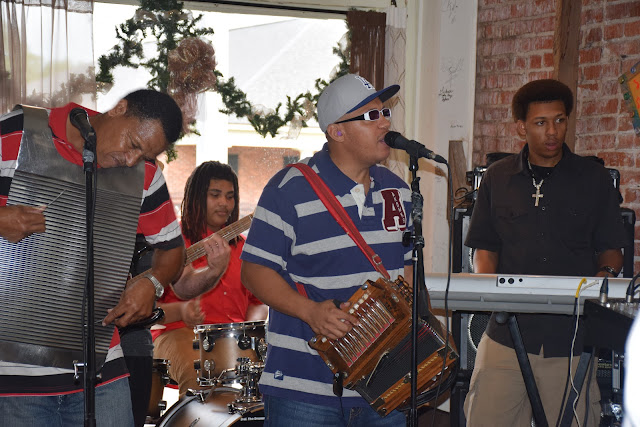WORKING FOR THE CITY OF MIAMI
William
Jennings Bryan Park, thanks to our sacrificing the better part of 2 years of
our free time, remains an oasis of greenery, safe place space, proper scale, 3
tennis courts, a reduced community center the size of a typical house in the area
and a barrier-free playground.
The 1920s,
1930s, 1940s and other Mediterranean, Spanish Mission, Art Deco and other
houses are a proud part of Miami’s past.
The old
neighbors that hung on during bad times and the influx of new urban dwellers that
are fixing up neglected houses are creating a neighborhood that could be almost
as nice as nearby Coral Gables – at about half the housing price.
The economic
and ethnic diversity is fabulous and enriching.
But a
mentally ill person camping out on his family land with no power, water or
toilet, is endangering the neighborhood.
Yesterday’s
blog post went into deep detail about how the man allowed his family home to
fall apart to the point where it was demolished to remove a health hazard.
But the
government action stopped there, as countless City of Miami officials have
claimed they are powerless to help this man or the neighbors around him.
When I
posted this story yesterday, several people contacted me saying the man sounds like
a candidate for the Baker Act – an involuntary commitment to a mental health
facility for evaluation and treatment.
We reached
out to countless city and county officials suggesting the same thing.
The Baker
Act is no laughing matter, but it can be a tool to save a person from himself.
We certainly
don’t view it as a as punishment, but as an act for the homeless (but living on
his families vacant land) guy's own good.
Clearly he
has severe mental illness.
My mom has
had the same issue for 50 years, so it's not like we are hard hearted about the
situation.
But the government
folks charged with upholding our quality of life have left a lot to be desired.
A former
government worker acquaintance -- who shall remain unnamed (and generally came off like a kind and
decent sort) -- went there twice to try to talk reason into the man.
The staff
person -- who darn well knew that insane guy was living in the house he
inherited with zero FPL, zero water, zero sewer and a heard of bats, rats,
roaches, birds, and other vermin....who poops and pees outdoors....who shouts
at passerby -- said after a long chat with the man, he found him to have no
mental issues at all.
I would say
any one of two dozen of the man's life actions -- from letting a habitable
house collapse around him with no utilities, to camping out for 3+ years
through Hurricane Irma, eat you alive mosquitoes and bathroom conditions worse
than a Viet Nam field latrine ditch -- pretty much nominated himself for
removal from the lot and rehabilitation at a public-funded mental health
center.





























